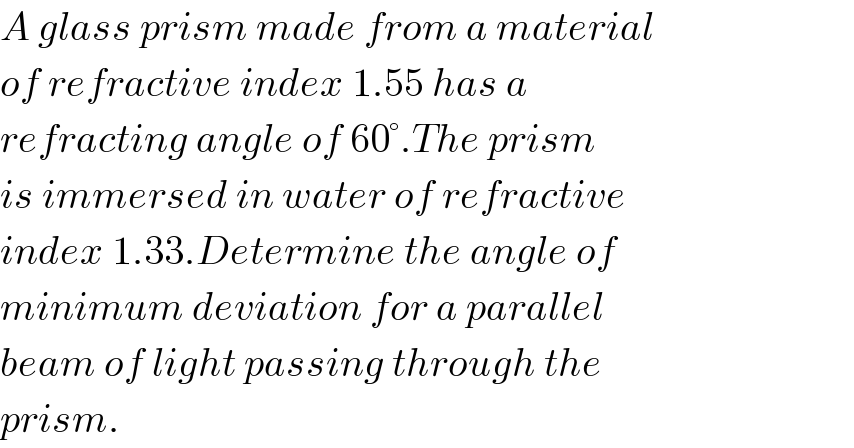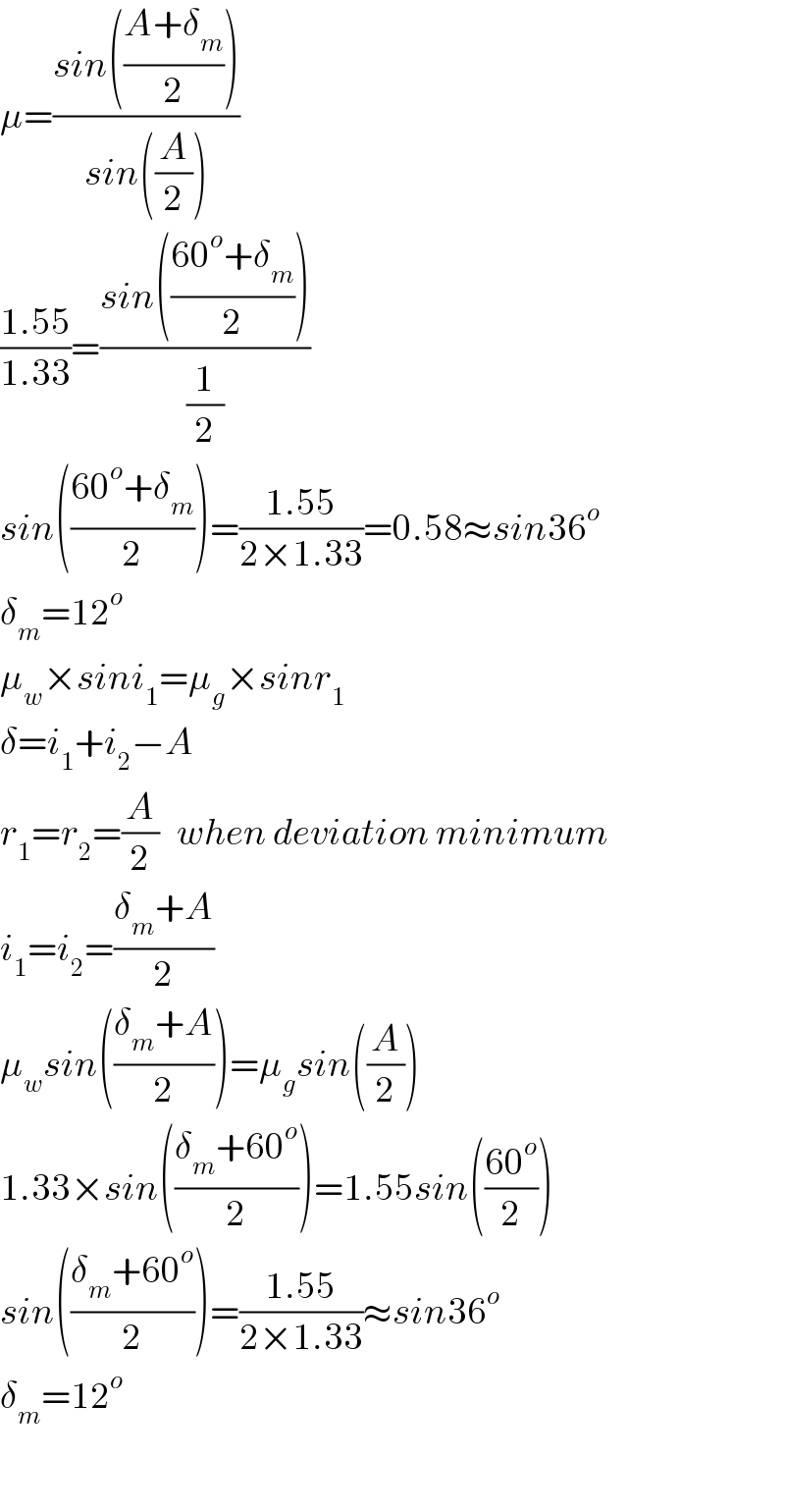
Question and Answers Forum
Question Number 38923 by NECx last updated on 01/Jul/18

Answered by tanmay.chaudhury50@gmail.com last updated on 01/Jul/18

Commented by NECx last updated on 04/Jul/18

| ||
Question and Answers Forum | ||
Question Number 38923 by NECx last updated on 01/Jul/18 | ||
 | ||
Answered by tanmay.chaudhury50@gmail.com last updated on 01/Jul/18 | ||
 | ||
| ||
Commented by NECx last updated on 04/Jul/18 | ||
 | ||